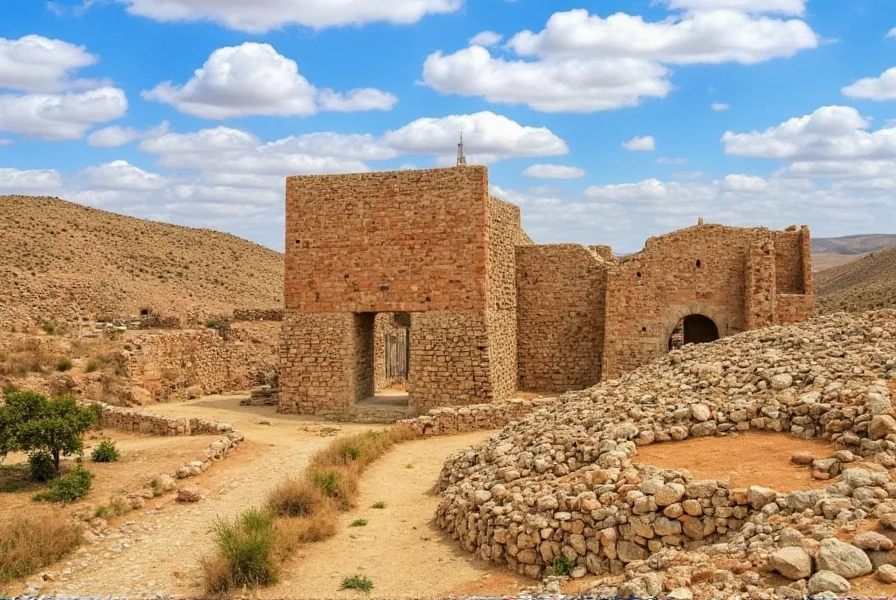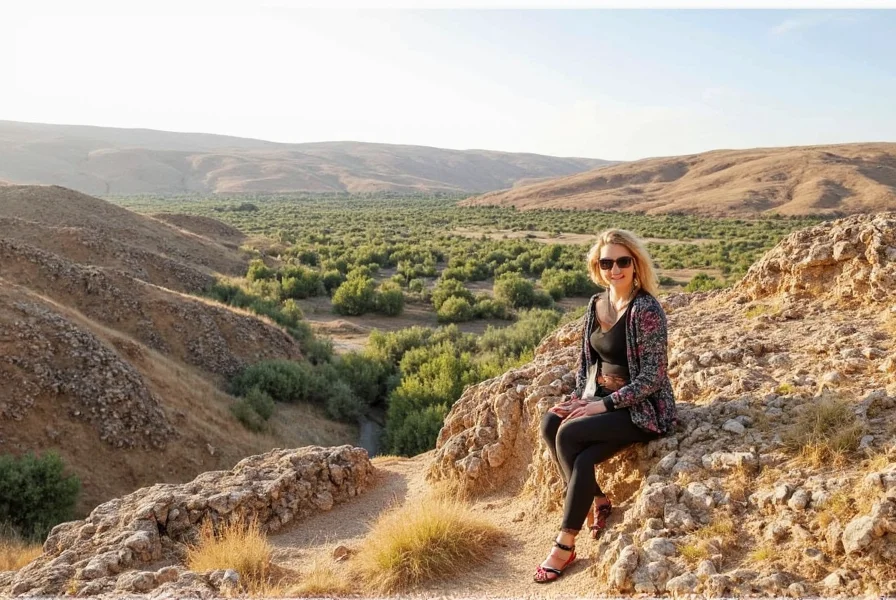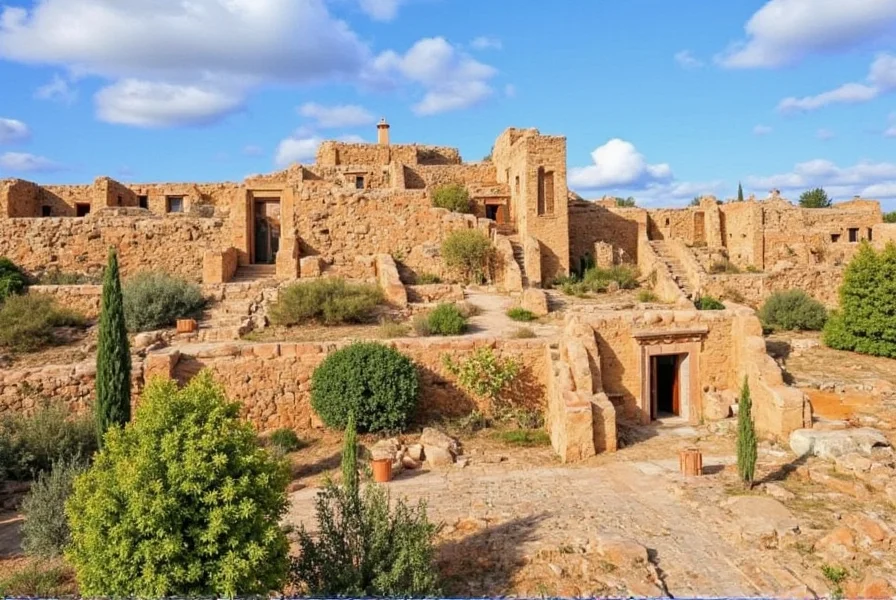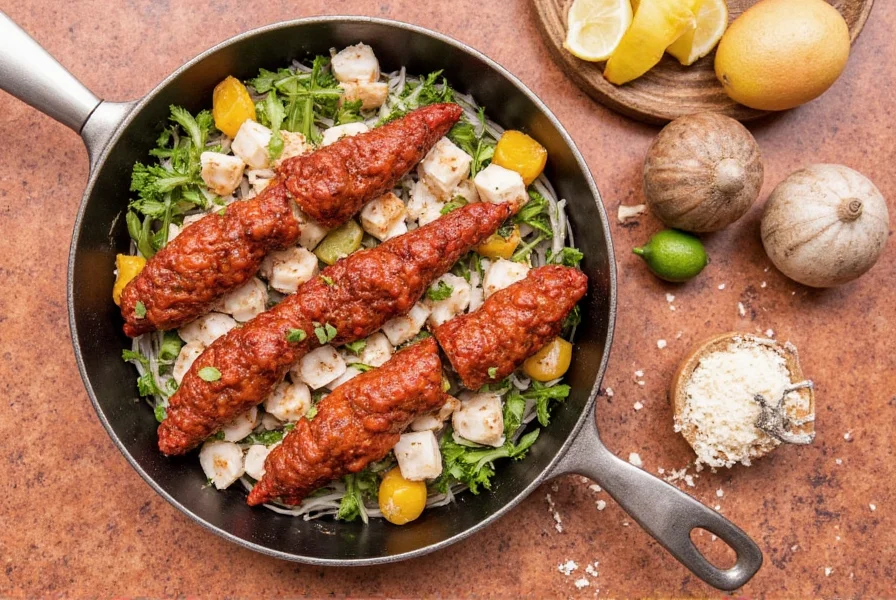Table of Contents
What is Urfa Biber?
Urfa Biber (also called Iskender Kebab Pepper or Turkish Red Pepper) is a sun-dried chili pepper native to Turkey's Urfa region. Known for its smoky, sweet, and earthy flavor with moderate heat (1,000-3,000 SHU), it's a staple in Middle Eastern cuisine for adding depth without overwhelming spice. Unlike regular chili flakes, Urfa Biber undergoes a unique fermentation process during drying, creating its signature complex taste.

This spice is essential for dishes like Iskender Kebab, where it balances grilled lamb and yogurt sauce. Its versatility extends to global cuisines, from Italian pasta sauces to Mexican chili recipes, making it a must-have for flavor-focused cooks.
Flavor Profile and Uses
Urfa Biber delivers a nuanced flavor experience: smoky depth with subtle sweetness, earthy notes, and gentle heat that builds gradually. Its unique profile comes from traditional sun-drying followed by nighttime moisture wrapping, creating natural fermentation without artificial smoke.
Perfect for:
- Grilled meats (lamb, chicken, beef)
- Roasted vegetables (eggplant, tomatoes, potatoes)
- Tomato-based sauces and stews
- Yogurt dips and hummus
- Chocolate desserts for unexpected smoky contrast

Cooking Tips with Urfa Biber
Maximize Urfa Biber's potential with these expert techniques:
- Start small: Use 1/4 teaspoon per serving—its potency means less is more.
- Pair with fat: Combine with olive oil, butter, or yogurt to release its full flavor profile.
- Make a paste: Mix 1 tbsp Urfa Biber + 2 tbsp olive oil + 1 minced garlic clove. Store in fridge for up to 2 weeks.
- Enhance proteins: Rub onto chicken thighs before roasting or mix into lamb kebab marinades.
- Finish dishes: Sprinkle over finished dishes like roasted cauliflower or grilled fish for instant flavor elevation.

Buying Guide for Urfa Biber
Authentic Urfa Biber has specific characteristics. Look for:
- Origin: "Urfa" or "Turkish" labeling (not generic "red pepper flakes")
- Appearance: Dark burgundy color with coarse, slightly wrinkled texture (avoid bright red or overly fine powder)
- Aroma: Strong smoky-sweet scent with no chemical or musty notes
- Reputable sources: Specialty spice retailers like Spice House, Burlap & Barrel, or Turkish grocery stores

Comparison Table: Urfa Biber vs. Other Chili Flakes
| Feature | Urfa Biber | Chipotle Powder | Cayenne Pepper | Guajillo Chile Powder |
|---|---|---|---|---|
| Heat Level (SHU) | 1,000–3,000 | 5,000–10,000 | 30,000–50,000 | 2,500–5,000 |
| Flavor Profile | Smoky, sweet, earthy | Smoky, sharp, slightly sweet | Sharp, hot, tangy | Earthy, fruity, mild |
| Best Applications | Grilled meats, yogurt sauces, chocolate desserts | Barbecue rubs, stews, sauces | Spicy salsas, hot sauces | Enchiladas, mole sauces |

Conclusion
Urfa Biber is more than a spice—it's a culinary bridge between tradition and modern cooking. Its unique smoky-sweet profile adds depth to dishes without excessive heat, making it ideal for home cooks seeking restaurant-quality flavor. Whether you're seasoning grilled vegetables or enhancing chocolate desserts, this Turkish chili delivers complexity that standard chili flakes cannot match.

Frequently Asked Questions
What makes Urfa Biber have such a distinctive smoky flavor?
Urfa Biber's signature smokiness comes from its traditional sun-drying process. After harvest, peppers are dried during the day and wrapped in damp cloths at night, creating natural fermentation. This method, combined with Urfa's unique climate, develops complex flavors without artificial smoke additives.
How spicy is Urfa Biber compared to other chili flakes?
With 1,000–3,000 Scoville Heat Units (SHU), Urfa Biber is milder than cayenne (30,000–50,000 SHU) but slightly hotter than paprika (500–1,000 SHU). Its heat builds gradually, allowing the smoky-sweet notes to shine without overwhelming the palate.
What dishes work best with Urfa Biber's smoky flavor?
Urfa Biber excels in grilled meats (especially lamb), roasted vegetables, tomato-based sauces, yogurt dips, and even chocolate desserts. Its smoky sweetness pairs perfectly with creamy ingredients like feta cheese, tahini, and sour cream, creating balanced flavor profiles.
How should I store Urfa Biber to keep its smoky flavor fresh?
Store in an airtight container away from light and heat. A cool, dark pantry preserves flavor for 6-12 months. For extended freshness, refrigerate or freeze—this prevents oil oxidation and maintains aromatic compounds.
Can I substitute Urfa Biber with other spices if I can't find it?
For closest approximation, mix 2 parts smoked paprika + 1 part cayenne + pinch of cocoa powder. While no substitute replicates its unique fermentation profile, this blend captures the smoky-sweet essence for most recipes.
Why is Urfa Biber more expensive than regular chili flakes?
Authentic Urfa Biber requires specialized production: limited to Turkey's Urfa region, hand-harvested, and processed through traditional sun-drying/fermentation. Unlike mass-produced chilies, it involves labor-intensive methods and small-batch quality control, justifying its premium price.











 浙公网安备
33010002000092号
浙公网安备
33010002000092号 浙B2-20120091-4
浙B2-20120091-4